Play PC VR games on the Oculus Quest 2 without the $80 official cable
For Oculus Quest 2 owners who want to play PC VR games without paying for the official, expensive Oculus cable, we'll help you find the best Quest 2 Link cable alternatives available. You'll want to look for a USB 3.0 to USB-C cable, long enough to travel from your PC to wherever you stand or sit to play your VR games. The wrong cable won't be able to handle the data or power transfer necessary for Oculus Link to work, so here are our personal favorites, the Oculus community's favorites, and Oculus' official Link alternatives.
Skip the cable altogether
Virtual Desktop
Staff Pick
If you're willing to go the unofficial route for PC VR, the best Link cable alternative isn't a cable at all. Virtual Desktop is an official Quest store app for using a web browser in your headset, but its unofficial, sideloaded purpose is to let you wirelessly stream games from your PC to your headset. Virtual Desktop can hit 90Hz if your PC has the processing power and your router can keep up with the data transfer.
Oculus tested and approved
Anker USB C Cable, Powerline USB 3.0 to USB C Charger Cable (10ft)
On the official Oculus Link support page, the company states it tested this USB-C to USB-A Anker cable "internally with good results." It hits the USB 3.0 5Gbps standard for fast data transfer, and supports 15W fast charging so your Quest 2 remains fully powered under the heavy workload. It's reliable and popular with Quest 2 users, but you may want a longer cable with a 90-degree USB-C cable head if you plan on playing more motion-heavy PC VR games.
16 feet of fun
PartyLink 16ft (5m) USB 3.0 Type-C to Type-A Cable
This PartyLink cable is probably the longest you'll find that actually hits the required data threshold for Oculus Link without an extension cable. The manufacturer claims it can hit 1,500 Mbps, and suggests connecting it directly to the motherboard for the best results. One of Android Central's Quest 2 owners regularly uses it for Oculus Link and has had no issues with performance. However, keep in mind that this cable can't charge as fast as the regular Link cable, so you'll run out of battery after an all-day VR session.
Built for roomscale PC VR
Amavasion Oculus Quest Link Cable
Another 16-foot cable, the Amavasion also has a 5Gbps maximum and a limited charging capacity that will extend play sessions but not keep it running indefinitely. Compared to the PartyLink cable, this is rated USB 3.2, but doesn't take full advantage of the higher standard and costs more. That being said, it's also a thinner cable that may feel lighter dragging behind you during your VR adventures.
Anker backup
Amazon Basics USB Type-C to Type-A 3.1 Gen 1 Charger Cable
Oculus's official Oculus Link backup, the 10-foot Anker cable, frequently goes out of stock, and this cable is the closest alternative in price, features, and quality that you can rely on. It supports 5 Gbps data transfer and 5V charging. Made of double braided nylon, it should be durable when jerked around, and even comes in four colors for a little extra personality.
Add 16 feet to any Link cable
CableCreation Active USB 3.0 Extension Cable
USB 3.0 cables are typically maxed out at 3 meters (or around 9 feet) to preserve their fast speeds, but this won't be enough for games where you want to stand up and move far away from your PC. This 16-foot extender will preserve the power transfer and 5Gbps data speeds. You'll need to buy one of the USB 3.0 to USB-C cables (such as Anker's or Amazon's) in addition to this, but that plus the CableCreation extender will cost less and stretch 10 feet longer than the official cable.
Make your cable Quest-friendly
AFUNTA 90 Degree USB C Type C Male to Female Adapter
Some of the best USB-C cables have straight heads that aren't made for a headset jerking around left and right. With an adapter attached, your Link cable will sit perpendicular to the headset, which should make it less likely to get bent when you move around. These tiny adapters are USB 3.1-compatible with transfer speeds up to 10Gbps so it will have no trouble passing through your data and power.
What specs do you need in an Oculus Link cable?
Finding the best Oculus Link cable alternatives wasn't easy because there are an uncomfortable number of imitation cables that range from defective to actually dangerous for your Oculus Quest 2. We've read horror stories about USB-C heads snapping off inside the Quest 2 port, rendering it unable to charge. More commonly and less drastically, you'll find cables that work for a couple of weeks before they wear down and can no longer properly connect your headset to your PC.
That's why we tried to consider the best options for those who can't afford the official Oculus Link cable. But if you want to look for your own alternatives, or see if the USB-C cable you own now could work, here's what you need to know:
- You want a cable rated USB 3.0 or higher. This should mean that it simultaneously supports 5 Gbps data transfer and 5V charging. The data transfer speed is necessary in order to stream the game running on your PC to your headset without lag. The power transfer is necessary because your headset will use more power running PC VR games and reliable voltage will keep your battery running for longer.
- Most fast-charging USB cables with high wattage will have some semblance of data transfer, but you'll often see the number 480Mbps. This isn't enough for Oculus Link.
- The other end of the cable must be USB-C to connect to the headset's charging port. We recommend one that sits at a 90-degree angle, which should make it less likely that head motions will put physical pressure on the cord and damage your headset port.
- You want a cable that is at least 10 feet long. Even if you only plan to play PC VR games seated, anything shorter than that could cause you to yank something and damage your PC port — or hurt your neck.
- If you have a 3- or 6-foot USB 3.0 to USB-C cable you like, you could use it along with an extension cable, which would solve the problem. Extension cables can cause a slight slowdown in the transfer, but if it's rated high enough there shouldn't be an issue.
What is the best Oculus Link cable length?
Oculus' official cable is 16 feet, or 5 meters, which should give you plenty of leeway for physically moving around a room. Keep in mind, though, that the reason Oculus' cable is so expensive is in part because it manages to maintain a fast data transfer speed across 5 meters as a USB-C to USB-C cable, when most USB 3.0 cables are maxed out at 10 feet. Standalone cables longer than that may not be able to satisfactorily transfer data from a powerful PC without some data loss.
This is why we included extension cables on our list, although you might not want to build a massively long Oculus Link combo cable even if the data transfer works perfectly. The longer your cable, the more it will extend across a room and dip downwards in the middle. This will create a tripping hazard for both you and anyone else who lives with you. When that happens, either you'd better hope the cable comes out of one of the ports, or either your head or the PC is getting yanked downwards.
Decide whether you plan on doing roomscale VR or not. If not, you may be able to make do with a 10-foot cable like the Anker Powerline Cable. Otherwise, you can try your luck with a 16-foot cable like the PartyLink Cable, or pair a short cable with the CableCreation Active USB 3.0 Extension Cable for a particularly long contraption.
How to use your Oculus Link cable
We hope that our Oculus Link cable alternatives will live up to your needs, but be sure to test the cable as soon as it arrives, so you can return it if the cable (or your PC graphics card) turn out not to live up to the task. Here's what you need to do to use Oculus Link on the Oculus Quest 2.
- On your PC, go to www.oculus.com/setup and click "Download software" under "Oculus Link".
- Open the app and click "Install Now".
- Turn on your Oculus Quest 2.
- Plug your USB 3.0 cable head into a compatible PC port, then plug the USB-C end into the Quest 2's charging port.
- Put on your headset.
- You should see a pop-up: "Allow access to data. The connected device will be able to access files on this headset." Select Deny.
- You'll then see an option to Enable Oculus Link. Select Enable.
You should now be able to use Oculus Link. If you were unable to connect, or if your PC games struggle with performance issues, you may have a problem with either your cable or your PC.
Consider Virtual Desktop instead
Oculus Link is a great tool, but you bought an Oculus Quest 2 to play games without having to tether yourself to a desk. Instead of finding the perfect cable, you could choose Virtual Desktop as an Oculus Link alternative, and stream games wirelessly to your headset without any hardware.
Before you go this route, keep two things in mind. One, wired internet is generally more consistent because it connects directly to your router. To go the wireless route, you'll need a router that lives up to the task. The best best Wi-Fi 6 routers should deliver the performance you need, though they can be a bit expensive for someone trying to save money. Two, you'll also need to follow our guide on how to sideload apps on the Oculus Quest 2, since Virtual Desktop's game streaming mode was blocked by Facebook — possibly because they plan to make their own wireless streaming feature. Rest assured, sideloading isn't that difficult a process.
from Android Central - Android Forums, News, Reviews, Help and Android Wallpapers https://ift.tt/2MlsLJC
via IFTTT
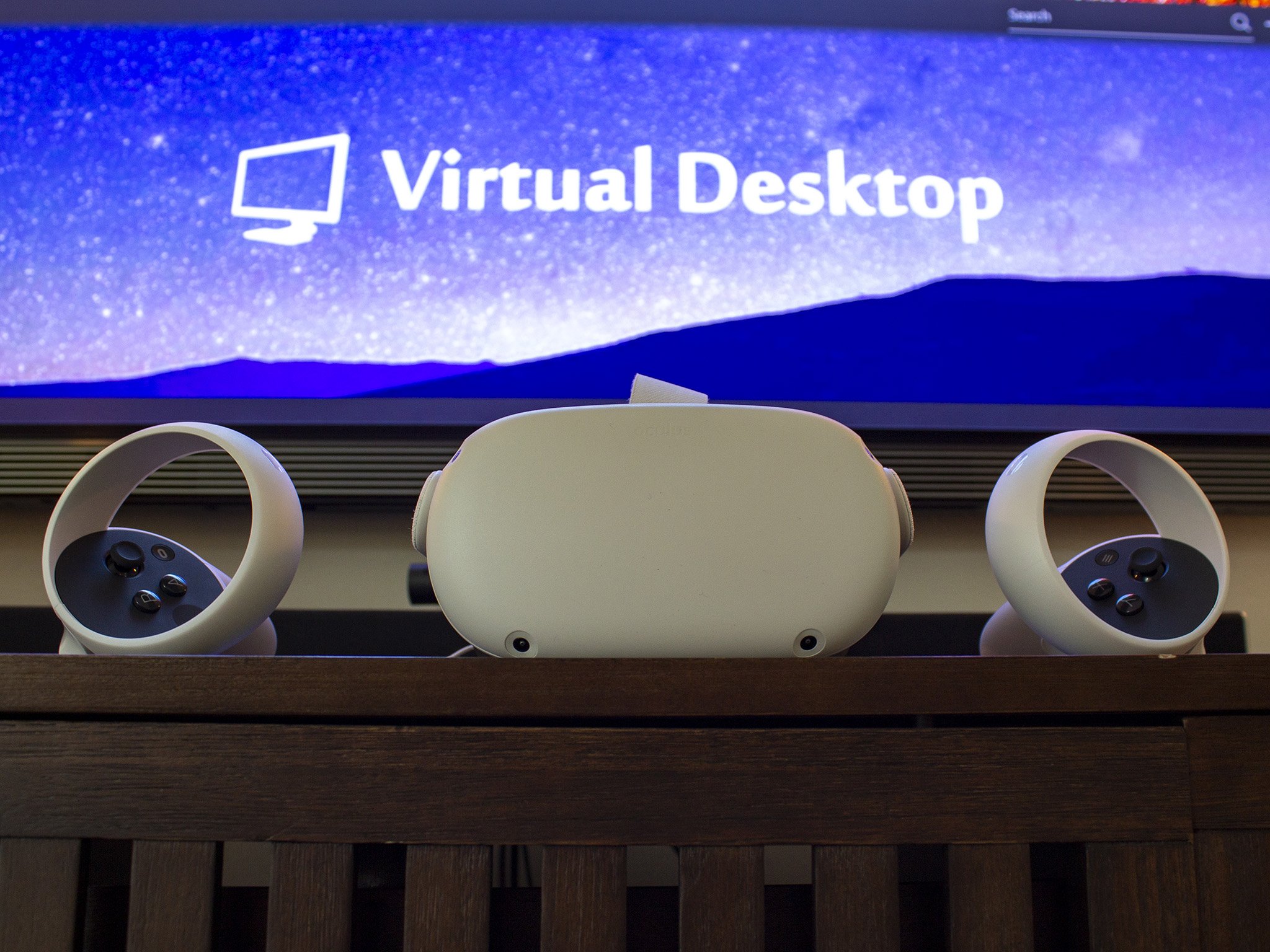
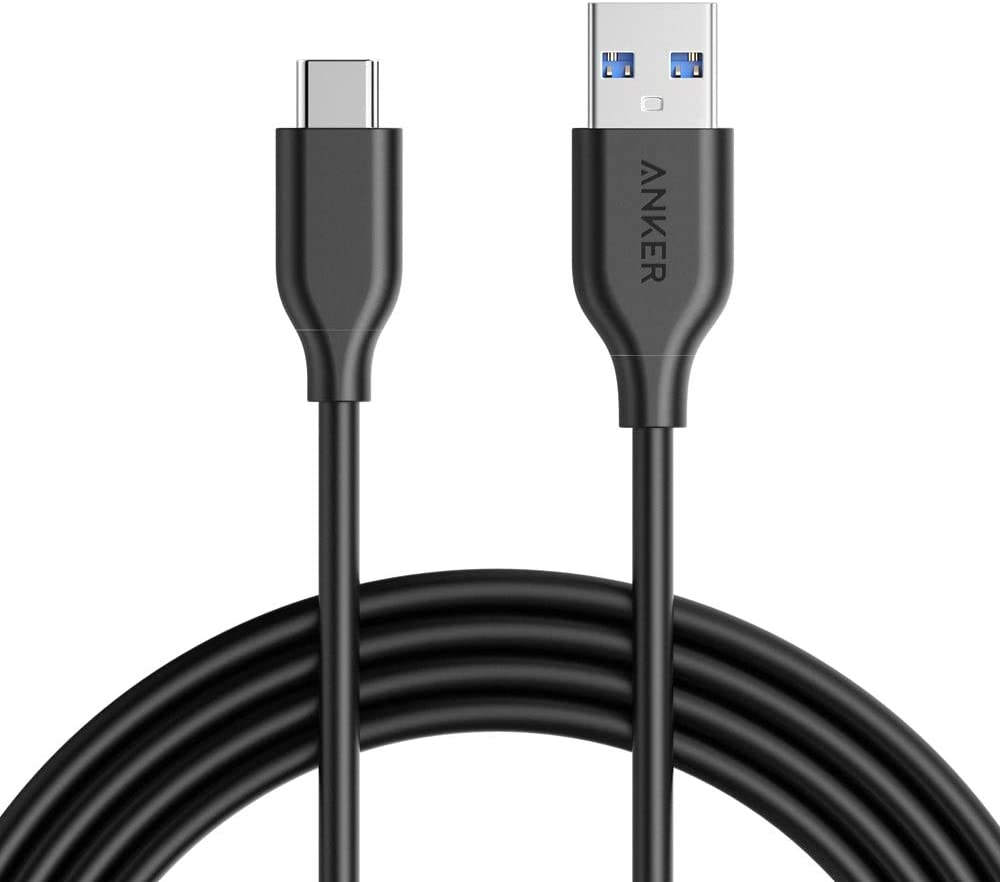
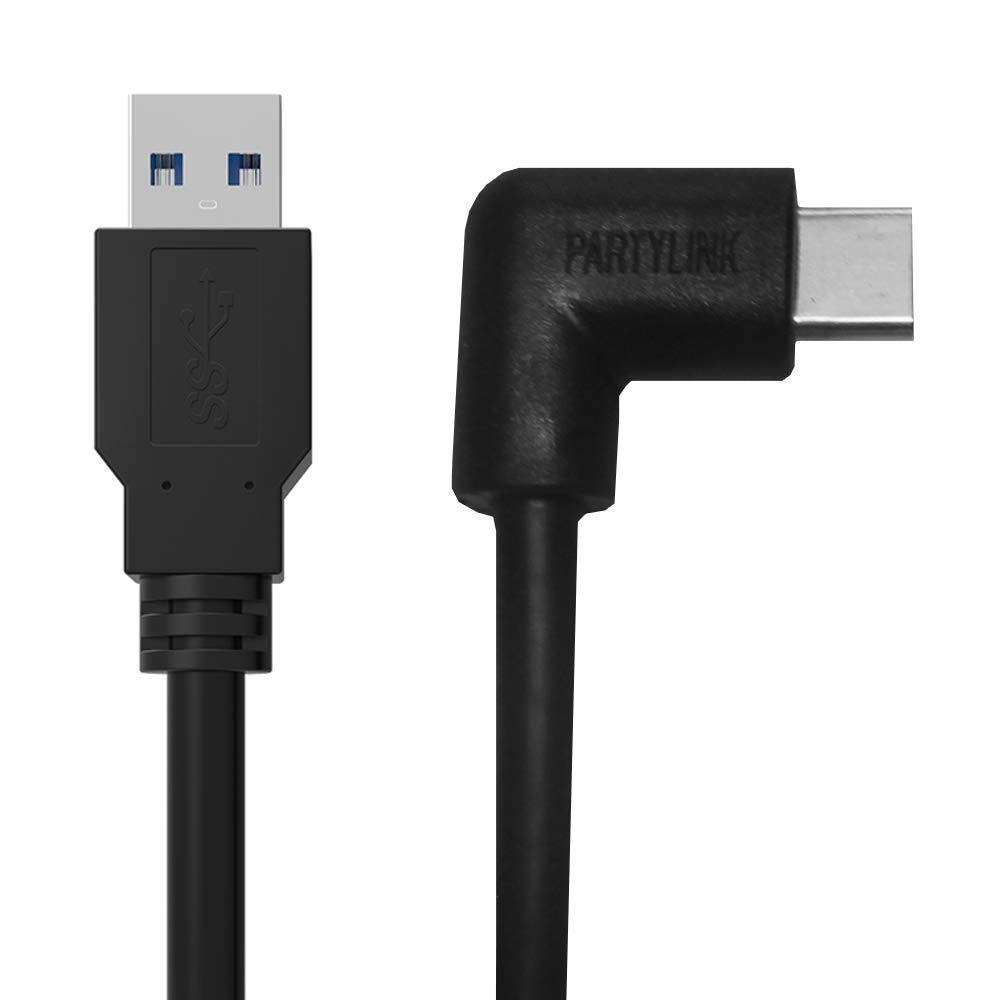
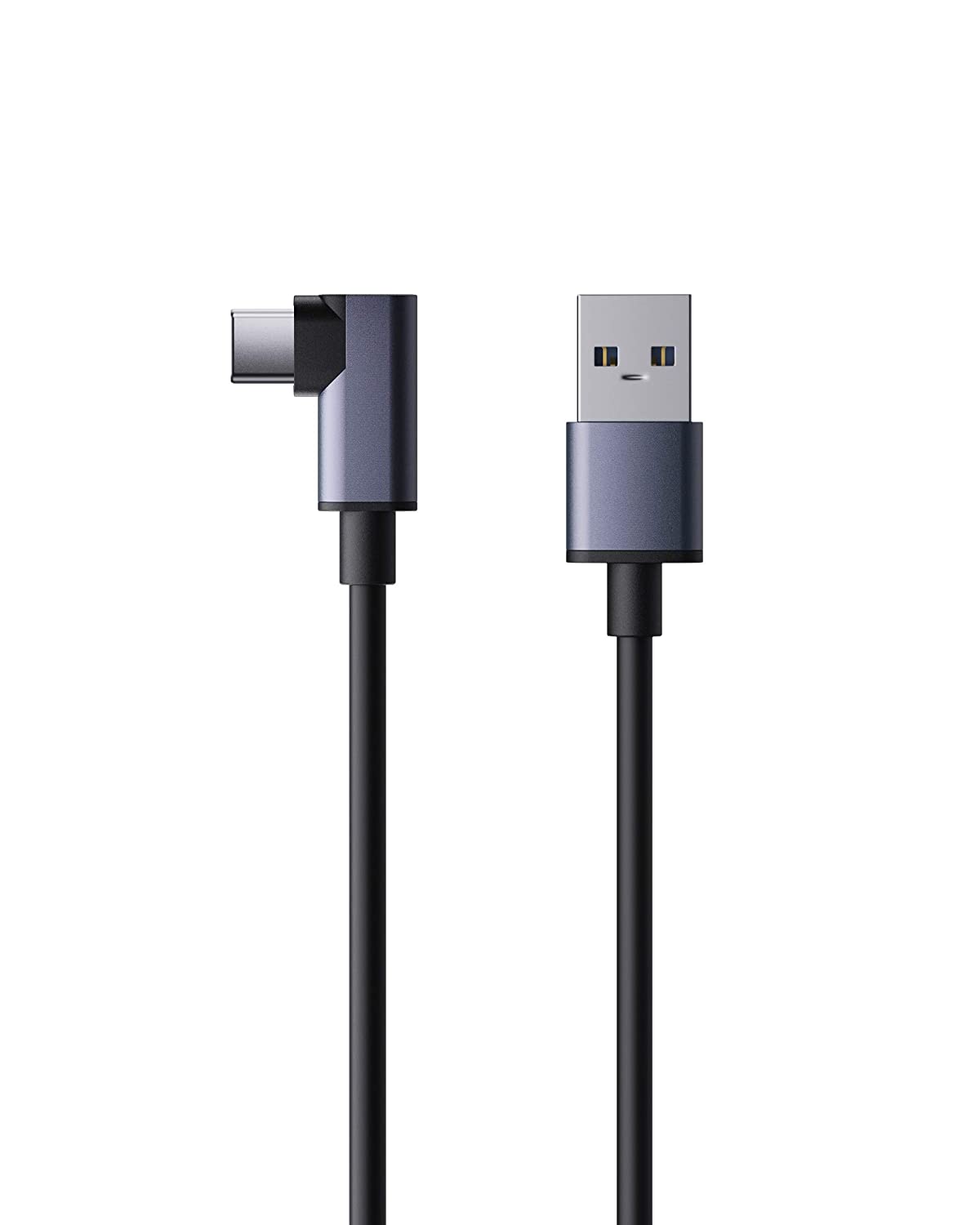
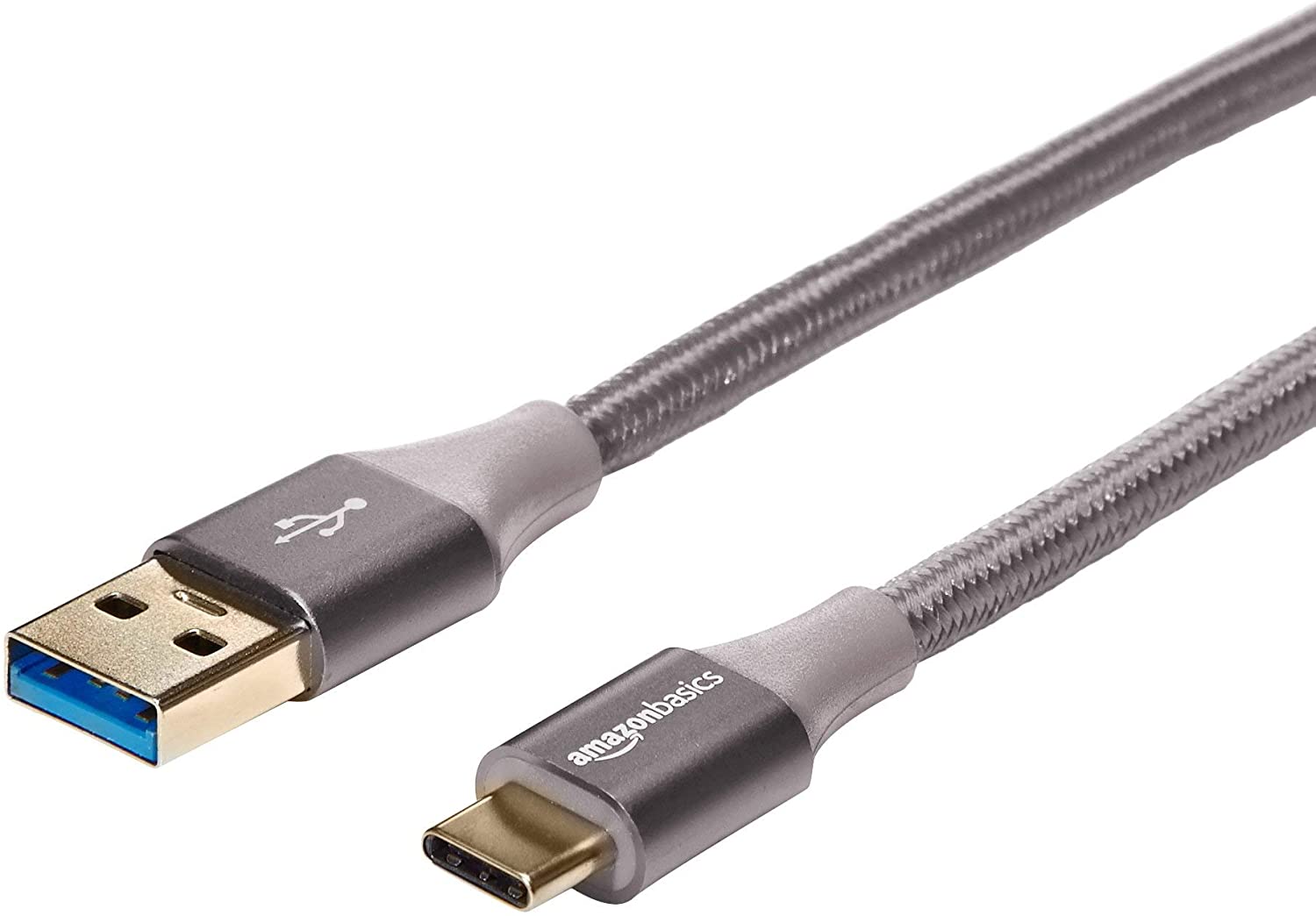
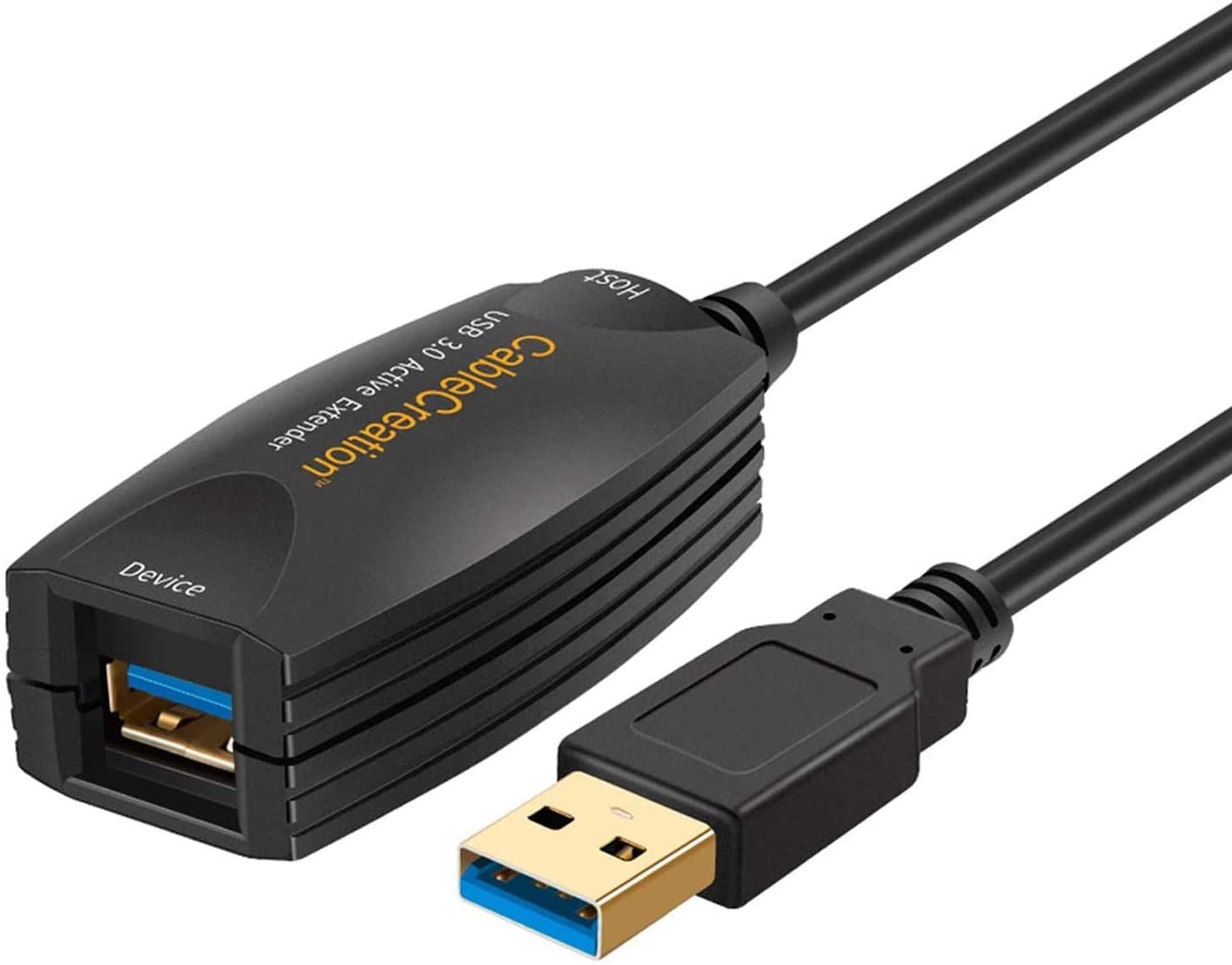
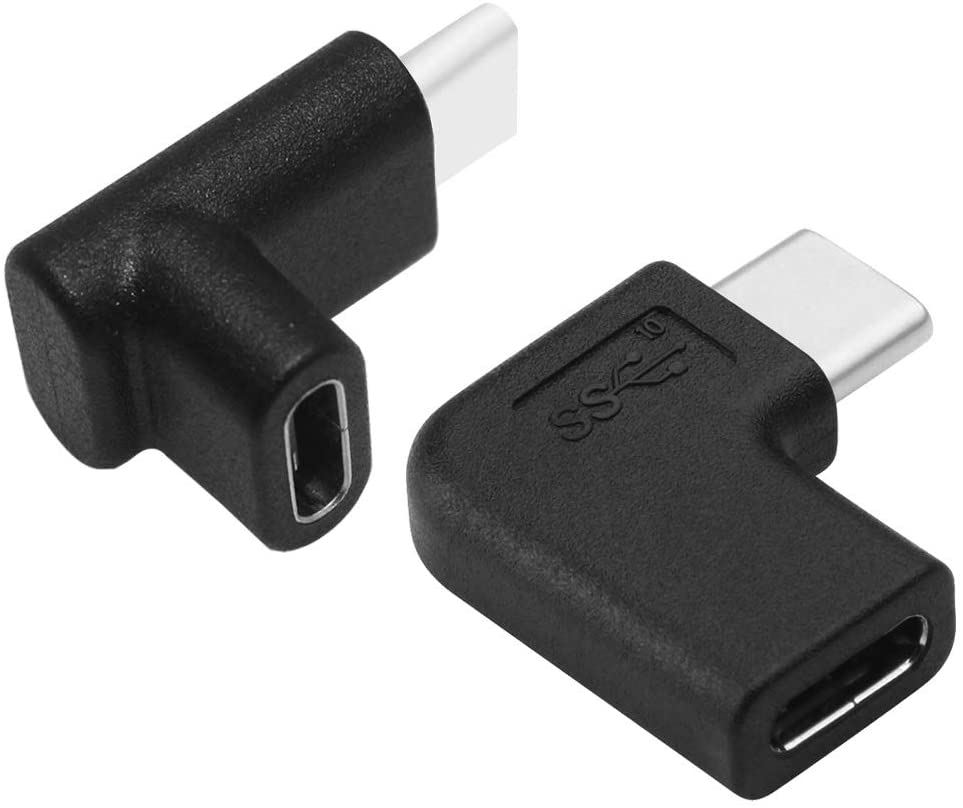
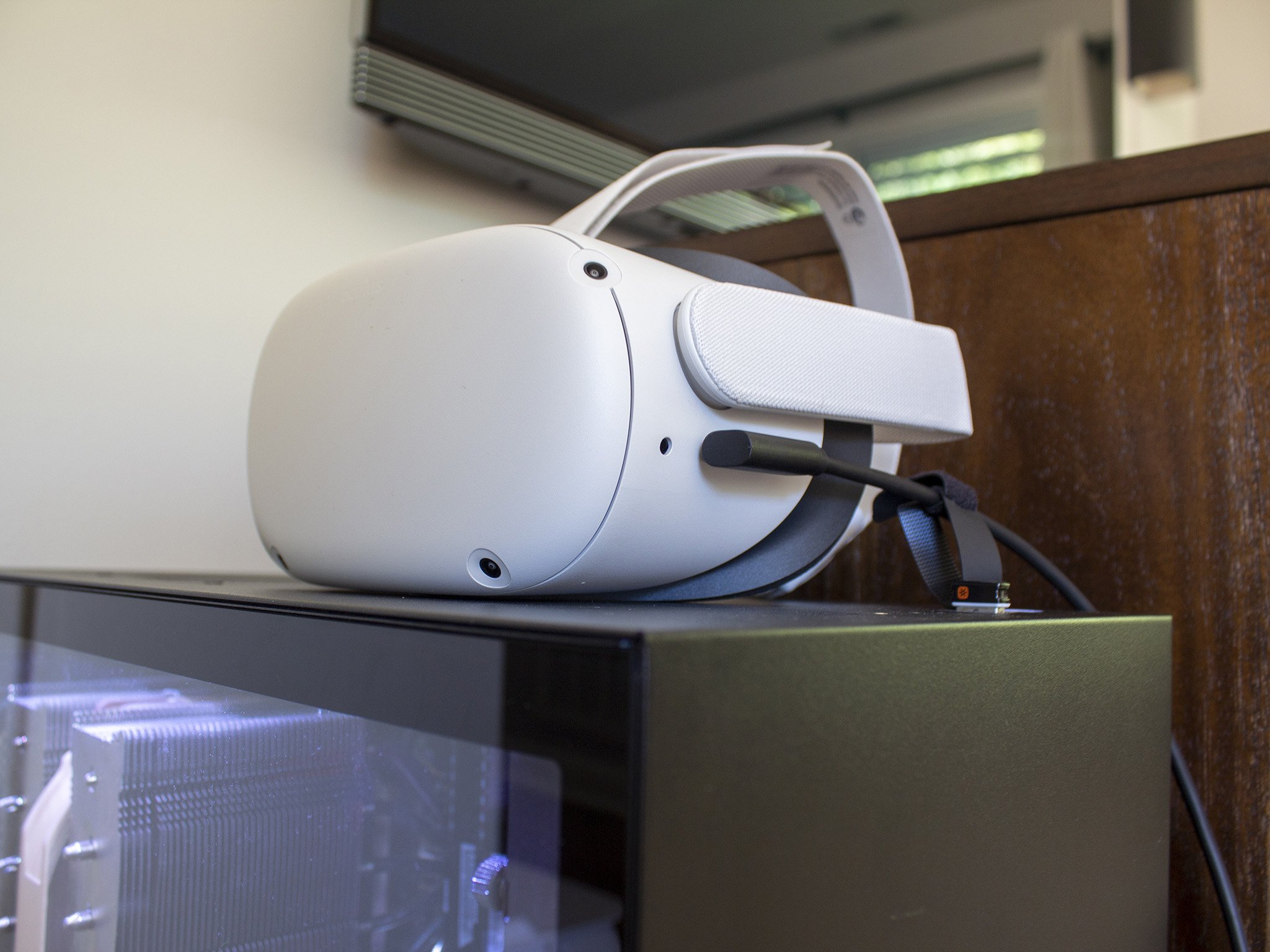
ليست هناك تعليقات: